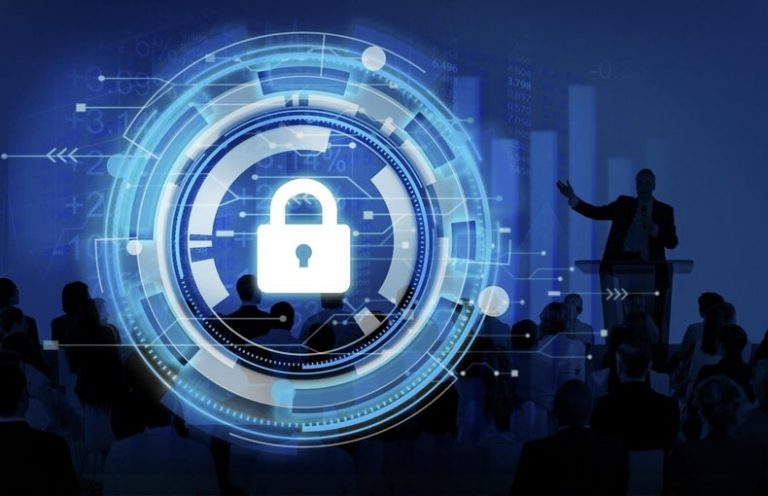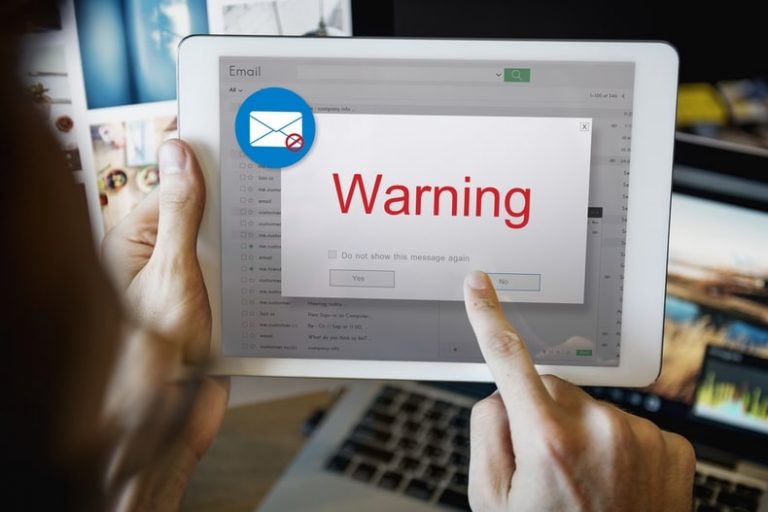Cybersecurity In PMIS – Protecting Sensitive Data In Federal Construction Projects
In an increasingly digital world, where data drives decision-making and project management, the realm of federal construction projects is no exception.
The use of Project Management Information Systems (PMIS) has become pivotal in streamlining processes, enhancing transparency, and ensuring efficiency. However, as federal construction projects rely more on technology, the need for robust cybersecurity measures has never been greater.

This enlightening guide delves into the importance of cybersecurity in PMIS, shedding light on how it safeguards sensitive data and ensures compliance with federal regulations.
The Rise Of PMIS In Federal Construction
Before we dive into the world of cybersecurity, it’s essential to understand the role of PMIS in federal construction projects. PMIS is a comprehensive software solution that helps agencies manage various aspects of construction projects, including planning, scheduling, budgeting, and communication. Its adoption has grown steadily, thanks to the numerous benefits it offers.
PMIS, such as the holistic solution provided by Kahua, which specializes in federal construction projects, allows for real-time data collection and reporting. In turn, this improves decision-making. It also fosters collaboration among project stakeholders, such as government agencies, contractors, and subcontractors. Additionally, it aids in cost control, budgeting, and tracking project progress.
However, these advantages come hand-in-hand with the need to protect sensitive information from potential cyber threats. Federal construction projects involve vast amounts of data, including financial records, designs, and critical infrastructure details. Ensuring the confidentiality, integrity, and availability of this data is paramount.
The Cybersecurity Landscape In Federal Construction
Federal agencies have recognized the significance of cybersecurity and have established stringent regulations and guidelines to protect sensitive data. One of the primary frameworks used is the Federal Information Security Management Act (FISMA), which mandates that federal agencies implement robust cybersecurity measures.
Threats In The Digital Age
The digital landscape poses numerous threats to federal construction projects. These include:
Data Breaches: Unauthorized access to sensitive project information can lead to data breaches, exposing confidential data to malicious actors.
Ransomware Attacks: Cybercriminals often employ ransomware to encrypt critical project data, demanding a ransom for its release.
Phishing Attacks: Phishing emails and social engineering can trick project team members into revealing login credentials or other sensitive information.
Malware and Viruses: Malicious software can infect PMIS systems, leading to data corruption or unauthorized access.
Insider Threats: Even trusted project team members can inadvertently or intentionally compromise cybersecurity.
Mitigating Cybersecurity Risks
To protect sensitive data in federal construction projects, robust cybersecurity measures are crucial. Here are some key strategies:
1. Access Control
Implement strict access control measures to ensure that only authorized personnel can access sensitive data. This includes user authentication, role-based access, and user privilege management.
2. Encryption
Encrypt data both in transit and at rest. This ensures that even if unauthorized access occurs, the data remains unreadable without the appropriate decryption keys.
3. Regular Software Updates
Keep PMIS software and related systems up to date with the latest security patches. Outdated software often contains vulnerabilities that can be exploited by cybercriminals.
4. Employee Training
Educate project team members about cybersecurity best practices. Training helps in recognizing and mitigating common threats like phishing attacks.
5. Incident Response Plan
Have a well-defined incident response plan in place to react swiftly to cybersecurity incidents. This plan should include steps for identifying, containing, and mitigating breaches.
6. Data Backups
Regularly back up project data and store it in secure, isolated environments. This ensures data recovery in case of ransomware attacks or data loss.
7. Third-Party Vendor Assessment
If third-party vendors are involved in the project, assess their cybersecurity practices to ensure they meet federal standards.
The Future Of Cybersecurity In PMIS
As technology continues to advance, the landscape of cybersecurity in PMIS for federal construction projects will evolve as well. Here are some trends to watch:
Artificial Intelligence (AI) And Machine Learning
AI and machine learning are increasingly being used to detect and respond to cybersecurity threats in real time. These technologies can analyze vast amounts of data to identify anomalous behavior and potential breaches.
Blockchain Technology
Blockchain offers secure and transparent record-keeping, making it a potential tool for ensuring data integrity and preventing unauthorized changes to project records.
Zero Trust Security Models
The Zero Trust model assumes that no one, whether inside or outside the organization, can be trusted by default. This approach requires continuous authentication and authorization, enhancing security in PMIS.
Challenges In Achieving Cybersecurity In PMIS
While the importance of cybersecurity in PMIS for federal construction projects is undeniable, it comes with its fair share of challenges. These challenges often require innovative solutions and ongoing vigilance:
1. Evolving Threat Landscape
Cyber threats are continually evolving and becoming more sophisticated. Cybercriminals are always finding new ways to exploit vulnerabilities. Staying ahead of these threats requires constant monitoring, adaptation, and investment in cybersecurity measures.
2. Human Error And Insider Threats
Even with advanced security measures in place, human error remains a significant factor in cybersecurity breaches. Well-intentioned employees may inadvertently compromise security by clicking on malicious links or failing to follow best practices. Additionally, insider threats, whether deliberate or accidental, can pose a substantial risk to sensitive data.
3. Resource Constraints
Many federal construction projects, especially smaller ones, may have limited budgets and resources dedicated to cybersecurity. Finding a balance between cost-effective security measures and comprehensive protection can be a significant challenge.
4. Integration Complexity
Integrating cybersecurity measures seamlessly into existing PMIS can be complex. It may require modifications to legacy systems and careful consideration of interoperability to ensure that cybersecurity measures do not hinder project efficiency.
5. Continuous Improvement
Cybersecurity is an ever-evolving field. Encourage a mindset of continuous improvement, where employees actively seek ways to enhance cybersecurity practices and remain informed about emerging threats.
By fostering a cybersecurity-aware culture, federal construction projects can benefit from an additional layer of protection against cyber threats. When everyone involved in a project understands the importance of cybersecurity and actively participates in its implementation, the overall security posture is significantly strengthened.
The Role Of Government Oversight
Government agencies play a crucial role in overseeing and enforcing cybersecurity in federal construction projects. Here are some key aspects of their involvement:
1. Regulatory Compliance
Government agencies, such as the National Institute of Standards and Technology (NIST) and the Federal Risk and Authorization Management Program (FedRAMP), establish cybersecurity standards and guidelines. Federal construction projects must comply with these regulations to ensure data security.
2. Audits And Assessments
Federal agencies conduct regular audits and assessments to evaluate the cybersecurity posture of construction projects. These assessments help identify vulnerabilities and ensure that projects are following established security protocols.
3. Collaboration With Industry
Government agencies often collaborate with industry experts and cybersecurity professionals to stay up-to-date on the latest threats and mitigation strategies. This collaboration helps ensure that federal construction projects benefit from the most current cybersecurity practices.
Overview
In the world of federal construction projects, where the stakes are high and sensitive data abounds, cybersecurity in PMIS is not an option—it’s a necessity. As the reliance on technology and digital tools continues to grow, the importance of protecting sensitive data against cyber threats cannot be overstated.
Federal agencies and project teams must work together to implement robust cybersecurity measures, adhering to regulations like FISMA and adopting best practices. By doing so, they can ensure that federal construction projects proceed smoothly, efficiently, and securely, safeguarding not only sensitive data but also the success of these critical endeavors. As technology evolves, so too must our commitment to cybersecurity in PMIS, as it remains at the forefront of federal construction project management.







